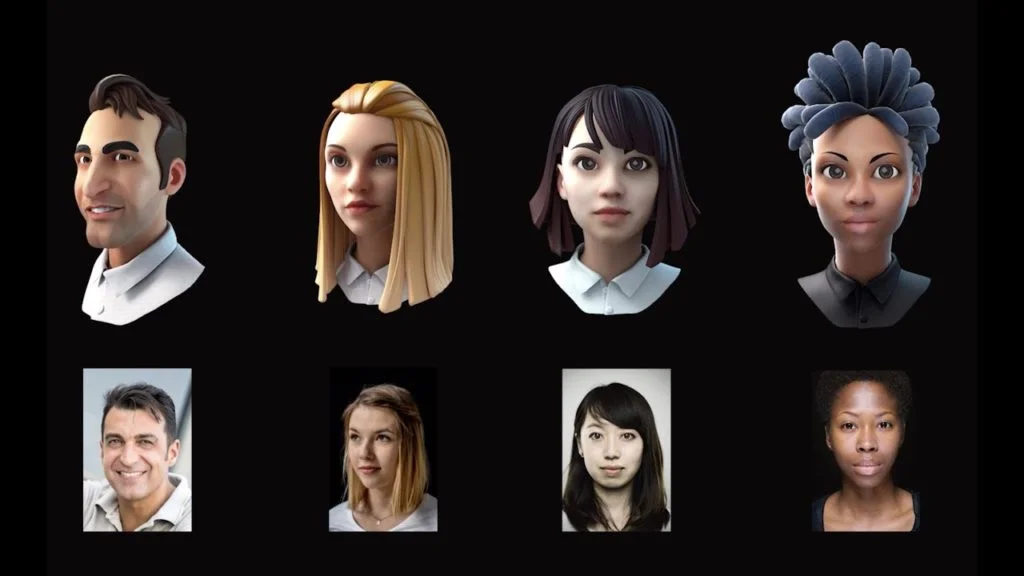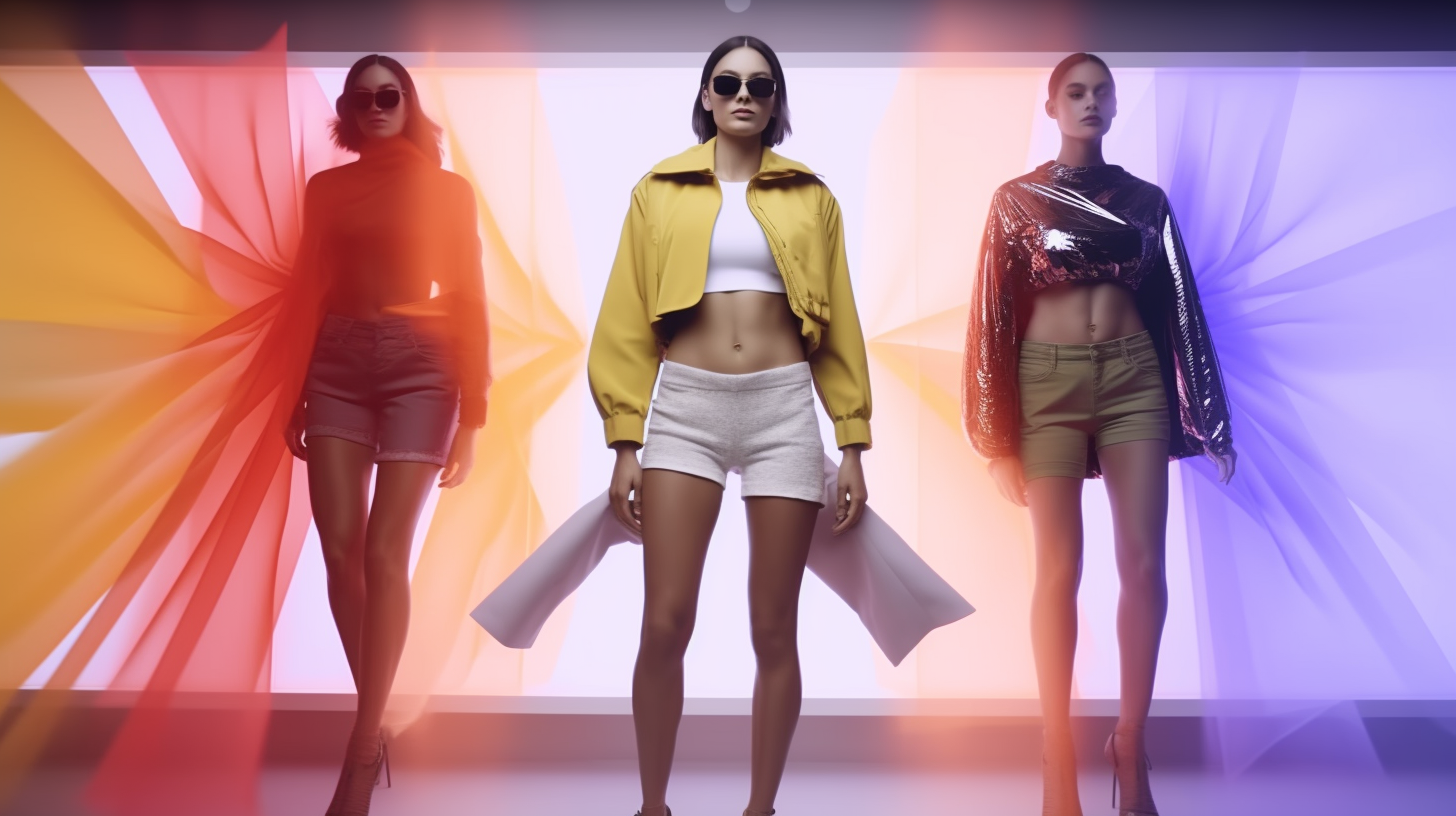Avatar
Avatars are the most basic form of virtual human. An avatar is a 2D or 3D personalized character (image or animation) that represents an online user. They are created to enhance social interaction between people in virtual worlds and on social media. Therefore, an avatar could resemble a user’s real appearance and features, or it could be customized and look like a fictional character—someone they wish they were. This means avatars could have different styles: life-like, cartoonish, artistic, abstract, etc.

Digital Human
A sophisticated and advanced avatar is called a digital human. Digital humans are used as online representatives and assistants for different businesses. Digital humans could be identical to a real person, or they could be a fictional character. In the first case, a scanner is used to create a 3D model of a real person, and in the second, the 3D model is made from scratch by using software. The 3D models combined with AI produce a super realistic result that makes communicating and interacting with them delightful, except when they fall into “The Uncanny Valley”. The uncanny valley happens when the digital human does everything almost perfectly and human-like, but suddenly there’s this moment where it feels like something is off. For example, it could be that the blinking is wrong, the lip movements aren’t quite right, etc. This causes an awkward or icky feeling in the users who interact with them.
Volumetric Human
The uncanny valley phenomenon does not happen with 4D volumetrically captured humans. Actors are captured in motion from all angles inside a rig with cameras. The result is a 4D volumetric human with high fidelity that could be played back and used for different purposes within various industries, such as entertainment or retail. Users can have an immersive experience of the volumetric playbacks with the help of VR headsets.
4D volumetric humans might remind one of holographic humans. The ones that we’ve seen in movies, galleries, stores, or streets. Holograms are 3D projections of objects or people that can be seen without any special equipment, such as headsets or cameras. Although not virtual, hologram technology has improved significantly in recent years.

Virtual humans are here to make our lives as users of the online world more convenient and joyful. Each kind could be used for different purposes according to the specific industry’s or business’s needs. And although each has some limits, there’s always room for alterations and improvements in technology.


0 Comments